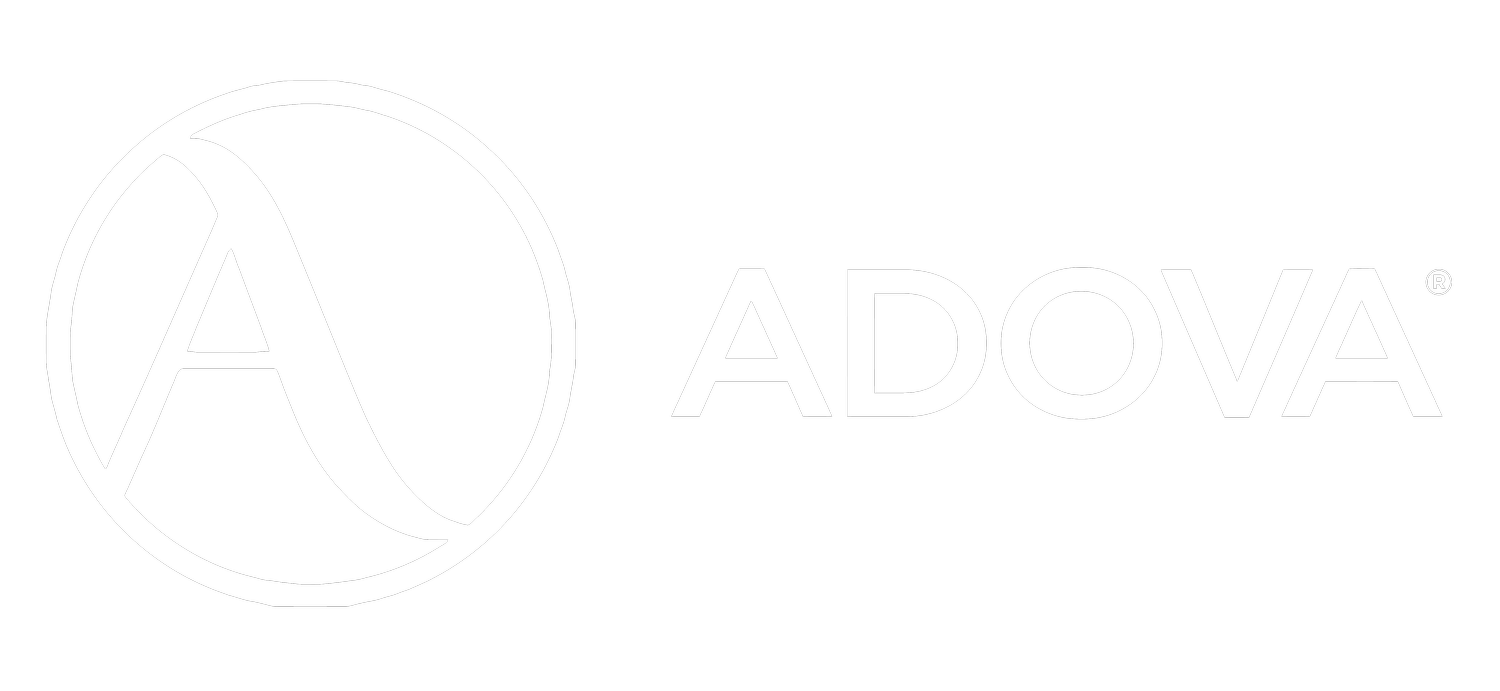Freeholder Consent / Licence to Alter: ADOVA's Guide to Renovating Leasehold Properties in London
London, a city marked by its rich historical legacy, has an extensive array of leasehold properties. These properties, unique in their ownership structure, often require a clear understanding of renovation permissions. ADOVA, with its deep-rooted experience in London's architectural scene, has adeptly navigated the intricate process of obtaining Licences to Alter for numerous clients. This guide aims to shed light on the topic and highlight ADOVA's exemplary approach.
The London property market is dotted with leasehold properties. Unlike freehold properties where you own the property and the land it stands on, leasehold properties imply you own the property for a set number of years, decades, or even centuries, but not the land. Such a dynamic often entails specific considerations when thinking about renovations or alterations.
What is a Licence to Alter?
In layman's terms, a Licence to Alter is akin to obtaining permission for a party. Before you can make changes to your leased space, you need the nod from the freeholder or managing agent. The essence of this licence is to ensure any modifications neither jeopardise the structural integrity of the building nor detract from its overall aesthetic value.
Why is a Licence to Alter Essential?
Imagine spending a considerable sum on renovating your flat only to be told it violates your lease agreement. Such a scenario could lead to costly legal battles or even the reversal of the modifications. Obtaining a Licence to Alter pre-empts such issues, ensuring you're in the clear legally, and your renovations stand the test of time.
ADOVA's Expertise with Licences to Alter
Over the years, ADOVA has championed the cause of many London residents desiring to UPGRADE their leasehold properties. Our process is systematic:
Consultation: Understanding client needs and assessing the leasehold agreement's parameters.
Liaison: Actively communicating with freeholders or managing agents, ensuring transparency.
Documentation: Meticulously preparing all requisite paperwork, including detailed plans and impact assessments.
Permissions: Obtain planning consent, listed building consent, building control approval and/or party wall consent for the proposed alterations.
Execution: Once the licence is secured, our team ensures the renovations adhere to the agreed terms, maintaining ADOVA's hallmark of quality.
Tips for a Smooth Licence to Alter Application
From ADOVA's treasure trove of experience, some golden nuggets for a hassle-free application process include:
Read Your Lease: Before envisaging any change, understand what your lease allows.
Engage Early: Don't wait till the last minute. Start the conversation with your freeholder or agent well in advance.
Be Comprehensive: Whether it's designs, impact assessments, or any other documentation, ensure it's detailed and thorough.
Challenges and How to Overcome Them
While the process might seem daunting, ADOVA's seasoned approach has gracefully tackled challenges, be it stringent freeholders, complex lease terms, or even navigating the intricacies of historically listed buildings.
The Future of Leasehold Properties and Renovations in London
With evolving legislation and a more informed populace, the realm of leasehold renovations is on the cusp of change. ADOVA stays at the forefront, ensuring our clients are always a step ahead.
In the maze of leasehold property renovations, a Licence to Alter is your guiding light. And in the bustling city of London, ADOVA stands as your trusted partner, illuminating the path to your dream space. Thinking of a leasehold property makeover? Let ADOVA guide you.

